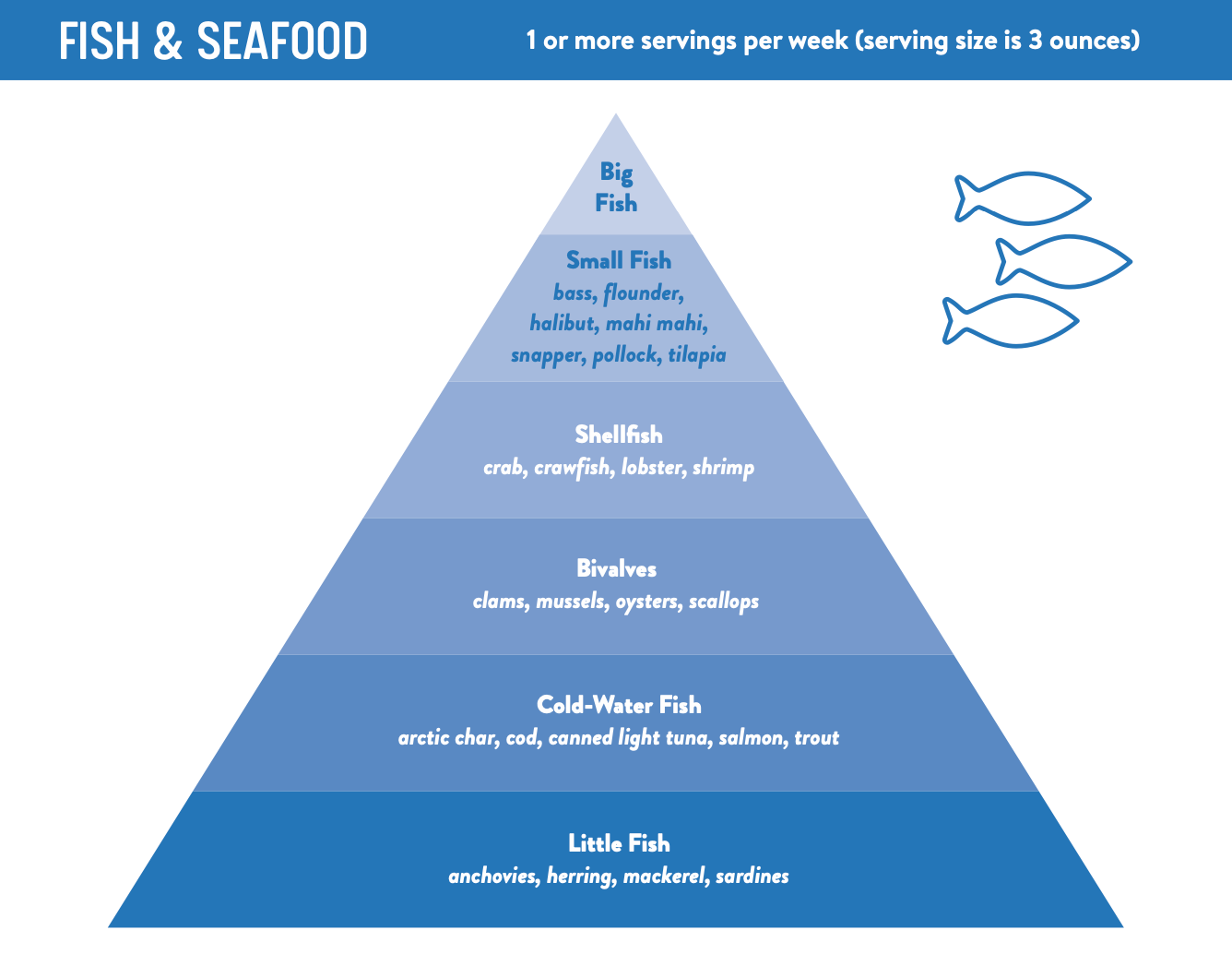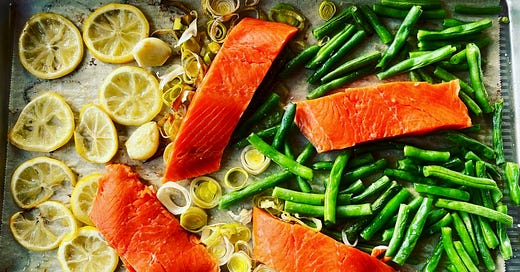Smart Fish: Choosing Brain-Healthy, Low-Toxin Seafood
How to shop for and prep the cleanest fish
Hello, brain health ambassadors. I am writing to you from my home in Jackson where summer is in full swing. I can’t believe I was gone for two whole months. Now that I’m home, I am even more appreciative of being back into a routine filled with small, brain-healthy habits. I love starting my day with my pour over coffee ritual, followed by walking my dogs down by the Snake River. And I really missed my midday “brain break” of meeting up with friends at my local coffee shop.
Founding Members: Our next Kitchen Chat and Cooking Class is Sunday, June 29 at 4 pm MDT. Look for a separate email from me with our recipes and topic of discussion. Everyone is welcome to join this live-on-zoom cooking class by upgrading to a Founding Member of BHK. Classes cost just $35 if one is already a paid subscriber.
Before we get into today’s topic, I’d love to hear of any brain-healthy habits you’ve folded into your day. After all, brain health is about more than eating the right foods. Brain health is a lifestyle built on all the tiny habits that support your brain, including movement, social connection, and things that reduce stress.
If you’ve been reading along on BHK this week, you know we are deep into examining the impact of environmental toxins on brain health. Last time I summarized the data that supports eating fish and seafood as a brain-healthy food. Were you surprised to see just how strongly this food group is linked to reducing dementia? It was good to see that a new meta-analysis of 35 studies confirms what brain health experts have been saying for decades: eating fish and seafood may reduce the risk of developing dementia by 30 to 60%.
The flip side of eating fish and seafood, of course, is concern over microplastic contamination. As I wrote to you last time, I’m not giving up on eating seafood just yet. Scientists are still teasing out how microplastics offsets its proven benefits. Instead, I am honing my knowledge on which seafood is safest.
Based on what we know now, NOT eating seafood would cause greater harm than any potential risk associated with microplastic exposure.
For today’s newsletter, I’ll give you a list of fish and seafood ranked by microplastic accumulation. I have some prep tips, too, based on the latest science. And we’ll take a fresh look at farmed fish—could it become a better option than wild-caught?
But first, I’d like to walk you through the BHK Fish & Seafood pyramid from my book.
The BHK fish and seafood pyramid: where would microplastics fit?

Not all fish and seafood accumulate environmental toxins to the same degree. In fact, we know that eating lower on the food chain (more anchovies than swordfish) translates to lower levels of ocean hazards like mercury and PCBs. When I created the fish and seafood pyramid for my book, I took into account eating fish from three perspectives:
Environmental toxins: which fish harbor more brain-harming heavy metals like mercury
Brain health nutrients: which fish provide more brain-healthy omega-3s, selenium, zinc, and other nutrients
Sustainability: which fish are in danger of extinction from overfishing
As you can see, this model favors eating low on the food chain. Smaller fish like anchovies and sardines are better for both the brain and the planet. Cold water fish can be both sustainable and excellent sources of nutrients. Large predators—fish that eat other fish and bioaccumulate more toxins—should be eaten less frequently. Bivalves and shellfish fall somewhere in the middle. They get high marks for being sustainable. Mussels, for example, are one of the few farmed seafoods I usually recommend. Not only are they rich in selenium, zinc, and omega-3s, advances in aquaculture mean they actually improve the water where they are farmed.
So where do microplastics fit into the fish & seafood pyramid?






